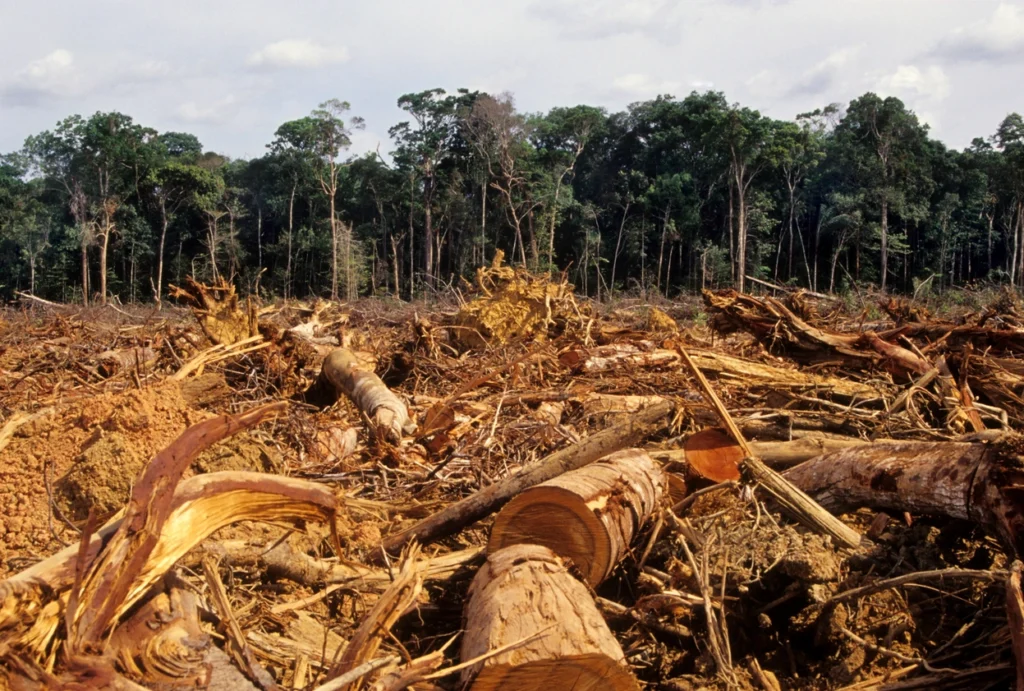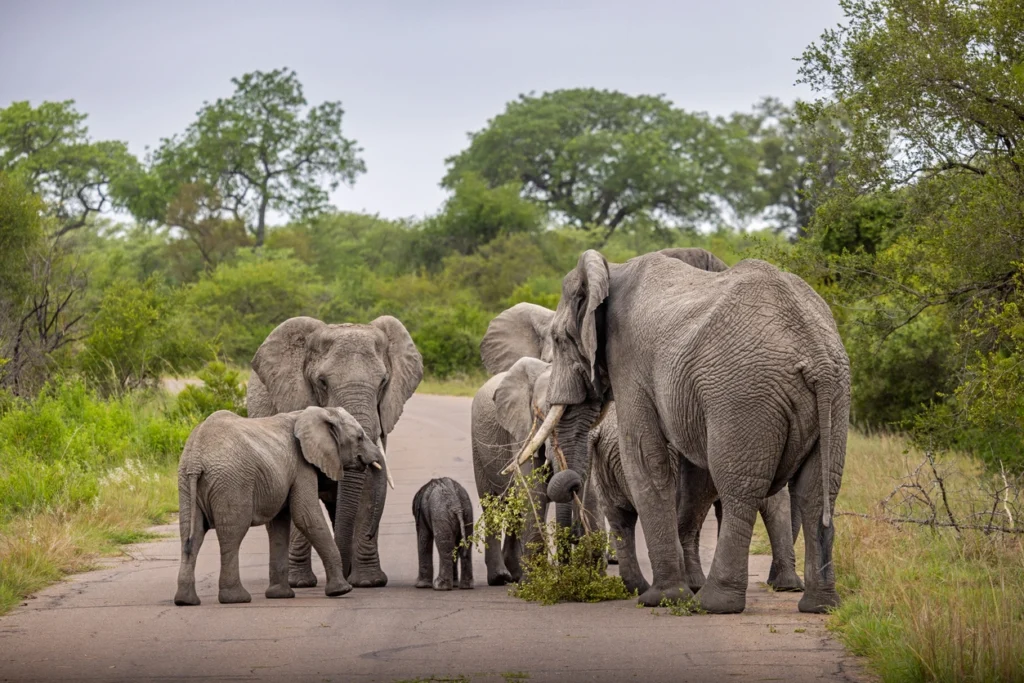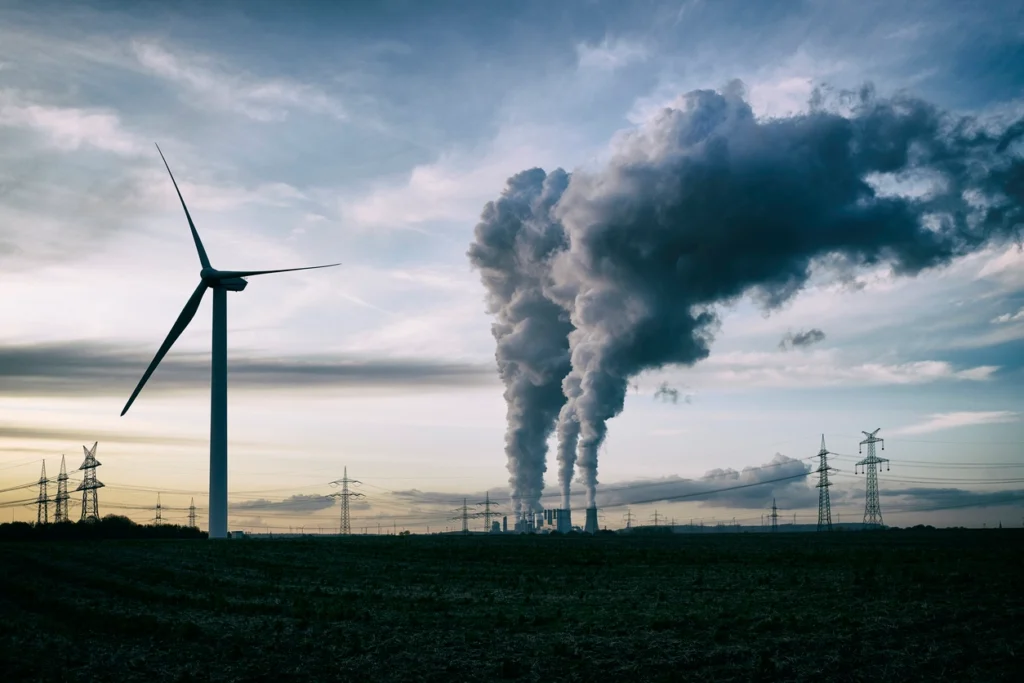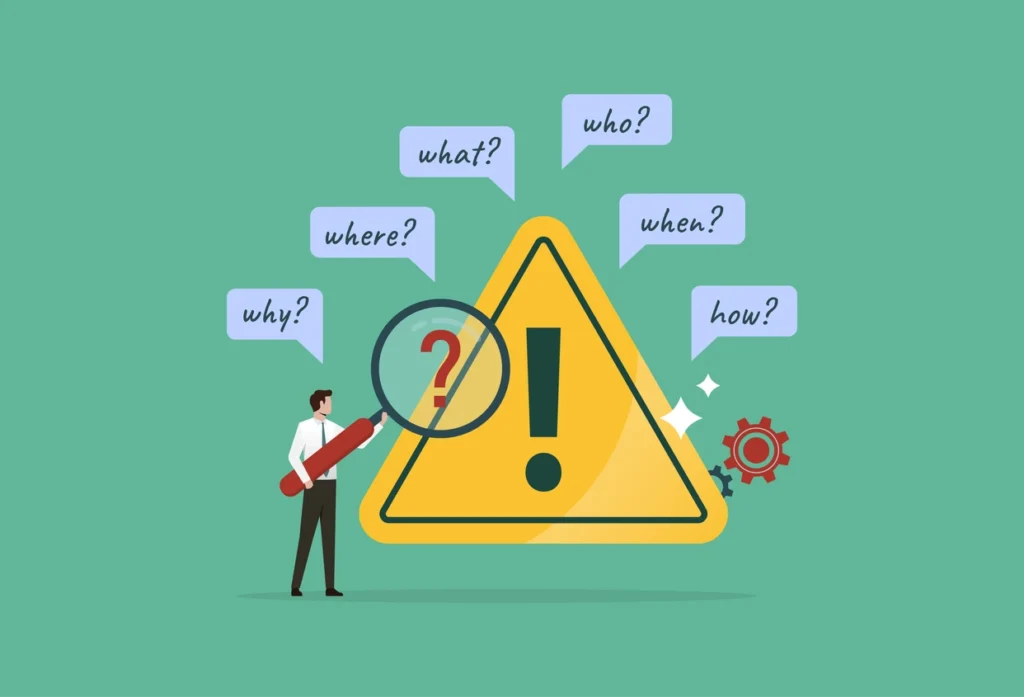An endangered species is any type of plant or animal that faces a very real risk of disappearing completely. Think of it like this: they’re on the brink of being gone forever. Sadly, the list of endangered species grows longer each year. Some well-known examples include tigers, pandas, and rhinos.

Simple Definition of Endangerment
A species becomes endangered when its numbers drop dangerously low. This can happen quickly or over a long period, but the result is the same – the risk of losing that unique form of life forever.
The numbers are truly alarming. Scientists estimate that we lose dozens of species every single day. At this rate, many of the animals and plants we know now might only exist in stories for future generations.
Why Do Species Become Endangered?
There isn’t a single cause for this crisis. Here are some of the biggest reasons why species become endangered:
- Habitat loss: Animals need places to live. When forests are cut down or oceans are polluted, they lose their homes and struggle to find food.
- Poaching: Some animals are illegally hunted for their fur, horns, or other valuable parts.
- Climate change: Changing temperatures and weather patterns can disrupt entire ecosystems, making it hard for certain species to survive.
Understanding Levels of Endangerment
Not all endangered species are at the same level of risk. To understand the urgency, scientists use a system called the IUCN Red List. Think of it like a set of categories to show how close an animal or plant is to disappearing.
IUCN Red List: The Categories
- Least Concern (LC): These species are doing well, with healthy populations.
- Near Threatened (NT): These species might face trouble in the future.
- Vulnerable (VU): These species are at high risk of extinction in the wild.
- Endangered (EN): These species are in immediate danger of disappearing from the wild.
- Critically Endangered (CR): These species are extremely likely to go extinct soon.
- Extinct in the Wild (EW): These species only exist in zoos or special reserves.
- Extinct (EX): These species are completely gone.
Visual Representation
Imagine the IUCN Red List as a ladder, with the safest species at the bottom and those in most danger at the top:
National/Regional Listings
It’s important to remember that many countries and regions have their own endangered species lists. These lists might use slightly different categories or focus on specific threats within a particular area.

The Major Threats to Endangered Species
Sadly, endangered species face a world of challenges, many of them caused by human activity. Here’s a look at the key threats:
Habitat Loss and Degradation
- Deforestation: Cutting down forests destroys homes for countless animals. This forces them into smaller areas or closer contact with humans.
- Development: New roads, buildings, and farms replace natural habitats, leaving wildlife without places to find food or raise their young.
- Pollution: Chemicals and waste can poison the land, water, and air, making it unhealthy or impossible for sensitive species to survive.
Overexploitation
- Poaching: Animals like elephants, tigers, and rhinos are illegally killed for their valuable parts, pushing their numbers dangerously low.
- Illegal Wildlife Trade: Many animals are captured and sold as pets or used in traditional medicine, even though it’s harmful and against the law.
- Overfishing: Taking too many fish from the oceans disrupts food chains and can cause some populations to collapse.
Invasive Species
- Invasive species are plants or animals introduced to a new place where they didn’t naturally live.
- They often outcompete native species for food and shelter, sometimes even preying on them directly.
- This disrupts the delicate balance of the ecosystem, putting native plants and animals at risk.
Climate Change
- Warming temperatures cause extreme weather events like droughts, floods, and wildfires that destroy habitats.
- Shifts in weather patterns force some species to migrate, but they might not be able to find suitable new homes.
- Climate change alters food chains. For instance, if insects hatch earlier due to warmer temperatures, birds might miss out on a vital food source.
Human-Wildlife Conflict
- As habitats shrink, people and animals are forced closer together.
- Wildlife might damage crops or threaten livestock, leading to retaliation that harms endangered species.
- Both humans and animals can be injured or killed in these conflicts.
Spotlight on Endangered Species
Iconic Species
- Tiger: The largest of all big cats, tigers are sadly down to just a few thousand individuals. They face poaching for their fur and traditional medicine, as well as habitat loss from deforestation. (IUCN Status: Endangered)
- Giant Panda: A symbol of conservation, giant pandas are threatened by deforestation, which shrinks their bamboo forest habitat. Thankfully, conservation efforts are helping their numbers slowly recover. (IUCN Status: Vulnerable)
- Black Rhinoceros: Poaching for their horns is the biggest threat to the black rhinoceros. Intensive protection has helped their numbers increase slightly, but they’re still in danger. (IUCN Status: Critically Endangered)
Lesser-Known Species
- Pangolin: These unique, scale-covered mammals are the most trafficked animal in the world, hunted for their scales and meat. All eight pangolin species are endangered. (IUCN Status: Varies by species, all threatened)
- Vaquita: The smallest of all porpoises, the vaquita is found only in the Gulf of California. Accidental entanglement in fishing gear is the primary threat, and fewer than 10 individuals likely remain. (IUCN Status: Critically Endangered)
- Axolotl Found only in a few lakes near Mexico City, this adorable salamander is a marvel because it can regenerate lost limbs! Pollution and shrinking habitat threaten its survival. (IUCN Status: Critically Endangered)

Saving Endangered Species: Solutions and Successes
While the challenges are great, there’s also tremendous effort to reverse the tide of extinction. Here are key strategies:
Protected Areas
National parks, reserves, and wildlife sanctuaries provide vital safe havens. Animals can live and breed without direct threats like development or poaching.
Laws and Regulations
- Laws like the Endangered Species Act (US) make it illegal to harm or trade endangered species.
- International treaties like CITES (Convention on International Trade in Endangered Species) regulate the trade of wildlife, preventing endangered animals and plants from being exploited.
Sustainable Practices
- Reducing pollution protects habitats, making them healthy for many species.
- Eco-friendly agriculture and fishing methods help reduce damage to fragile ecosystems.
- Responsible tourism can support conservation and provide benefits for local communities.
Captive Breeding and Reintroduction
- When a species reaches dangerously low numbers, zoos and breeding centers help carefully increase the population.
- Some individuals can be released back into the wild, boosting wild populations.
Success Stories
- American Bald Eagle: Once in danger due to pesticides, bald eagles rebounded thanks to protection and pollution controls. They’re a powerful symbol of conservation success.
- California Condor: Down to just a few dozen individuals, intensive captive breeding and reintroduction efforts have brought condors back from the brink.
The Fate of Endangered Species Is in Our Hands
The message is clear: endangered species around the globe are in a race against time. Habitat loss, poaching, and the far-reaching effects of climate change threaten to wipe out these precious forms of life forever. While the situation is urgent, it’s not hopeless.
By understanding the threats and the levels of endangerment, we can support solutions that make a difference. Conservation organizations, protective laws, and sustainable practices are all essential pieces of the puzzle. Success stories, like that of the American bald eagle, serve as powerful reminders that our actions can reverse extinction trends.
Ultimately, whether endangered species survive and thrive depends on us. Supporting conservation efforts, making environmentally conscious choices, spreading the word, and even participating in citizen science projects create a powerful groundswell of change. Let’s choose a future where these amazing species are not just a memory, but a vibrant part of our world for generations to come.
Frequently Asked Questions About Endangered Species
Can a species be removed from the endangered species list?
Yes! This process is called “delisting” and it’s a sign of major conservation success. When populations of a certain species have recovered significantly and face reduced threats, scientists and conservation groups may petition to change their IUCN status or remove them from national endangered species lists altogether. Famous examples include the American alligator and the gray whale.
Are there any differences between “endangered” and “threatened”?
While both terms mean a species is at risk, there’s a key difference in the level of urgency. “Endangered” species are in immediate danger of extinction throughout their range. “Threatened” species are still relatively abundant but are likely to become endangered in the near future if threats are not addressed.
How does the illegal wildlife trade impact endangered species?
The illegal wildlife trade is a massive threat to many species. Animals are poached and trafficked for various reasons:
- Exotic pets: Some people desire rare animals as pets
- Traditional medicine: Sadly, some traditional medicine practices use parts of endangered animals, despite no scientific basis.
- Fashion/Decor: Fur, ivory, horns, and shells may be turned into luxury or decorative items. This trade fuels poaching and decimates populations.
How can I find out about endangered species in my own region?
There are great resources to learn about local conservation issues:
- State/Regional Agencies: Most state or regional governments have wildlife agencies or natural resource departments with listings of local endangered species.
- Nature Centers & Parks: These often have educational displays and experts who can tell you about threatened species in your area.
- Conservation Groups: Local chapters of national conservation organizations often focus on specific regional or state endangered species.
What are some “umbrella species” and why are they important?
Umbrella species are animals whose protection benefits an entire ecosystem. Often, they need large habitats or have specific needs. By conserving these species, we automatically protect many other plants and animals sharing their environment. For example, protecting tigers also helps conserve forests and all the wildlife within them.












